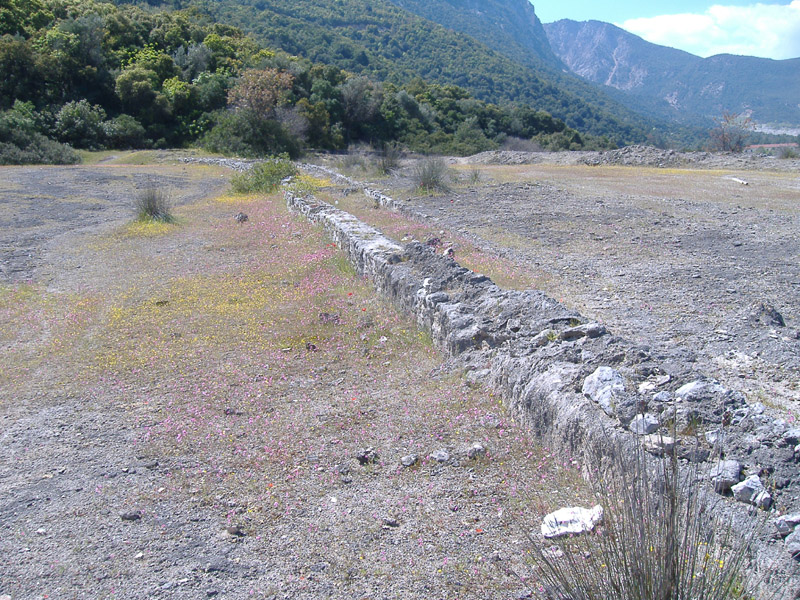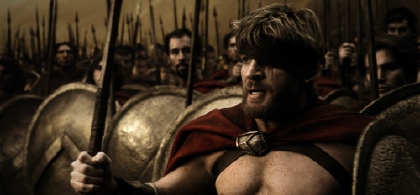Domen
Misico dux Vandalorum
I have just been wondering how the heck could Xerxes allegedly throw masses numbering thousands of Persian warriors to an attack along a narrow strip / pass of land which was just some 150 meters wide, counting between the escarpment of the Kalidromo Massif and the sea.
Below we can see the Middle Gate, to the left of it Kalidromo Massif, to the right of it was the sea (the coastline was just behind the road), in the background - but closer than buildings of the Baths - we can see the old Phocian Wall, along which the Greeks defended themselves.
View is towards Persian positions:

Zoom on the Phocian Wall:

This is how it looked in Ancient times:

Satelite photos from Google Maps, we can see the scale, above - 200 feet, below - 100 meters:


I don't know how could anyone mass thousands of soldiers or even of... gnomes there.
It seems that at most ca. 300 - 400 men could attack the Phocian Wall in one line / row, with density of 2 men per 1 meter in each line / row.
But with density of 2 men per 1 m there would still be a huge crowd and probably not enough space for them to freely use their weapons.
The place was perfect for defence and it is quite an achievement for the Persians that they actually took it.
Below we can see the Middle Gate, to the left of it Kalidromo Massif, to the right of it was the sea (the coastline was just behind the road), in the background - but closer than buildings of the Baths - we can see the old Phocian Wall, along which the Greeks defended themselves.
View is towards Persian positions:

Zoom on the Phocian Wall:

This is how it looked in Ancient times:

Satelite photos from Google Maps, we can see the scale, above - 200 feet, below - 100 meters:


I don't know how could anyone mass thousands of soldiers or even of... gnomes there.

It seems that at most ca. 300 - 400 men could attack the Phocian Wall in one line / row, with density of 2 men per 1 meter in each line / row.
But with density of 2 men per 1 m there would still be a huge crowd and probably not enough space for them to freely use their weapons.
The place was perfect for defence and it is quite an achievement for the Persians that they actually took it.



